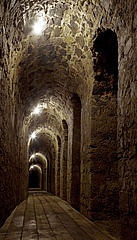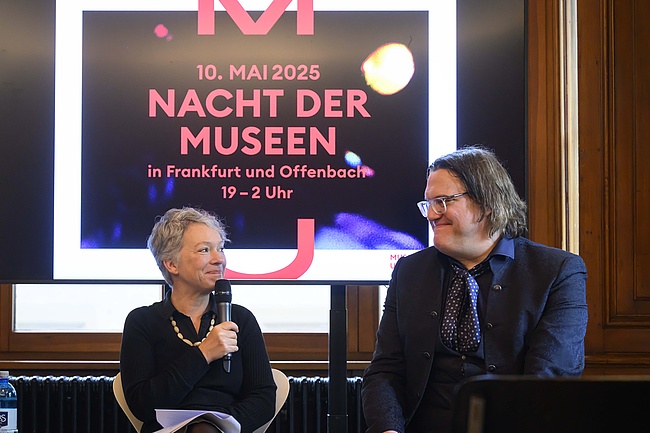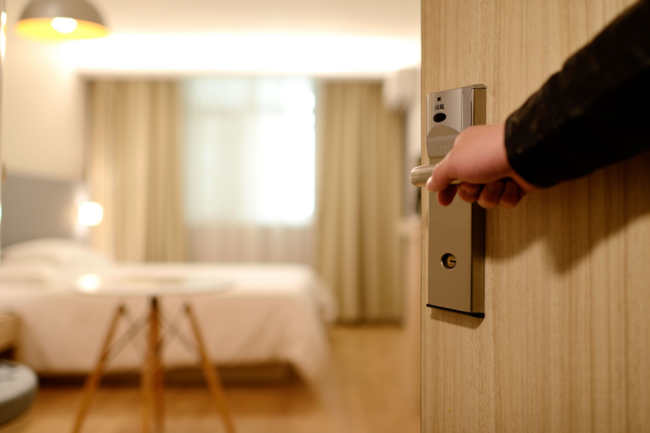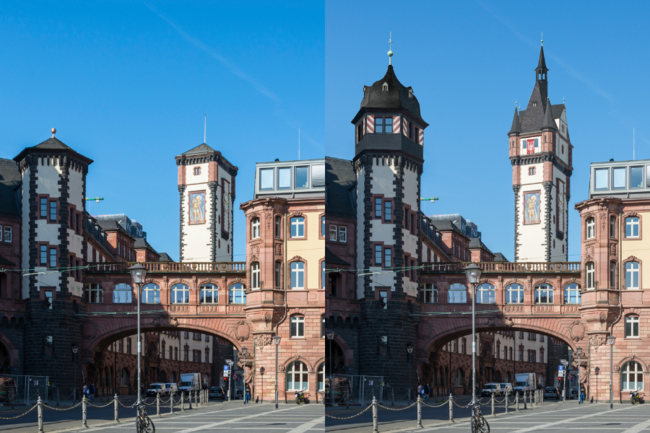The casemates of the 'Friedberg Bastion'
(kus) The casemates in the "Friedberg Bastion" of Frankfurt's baroque city fortifications remain a magnet for visitors. And this will also be the case in 2017: the guided tour dates for the first half of the year will soon be published on the homepage as well as in the printed programme of the Archaeological Museum.
The exhibition on the grounds of the Orphanage Foundation, which is managed by the Archaeological Museum Frankfurt, attracted around 1,050 historically interested visitors in 2016. Since the opening of the exhibition in 2011, more than 3,000 visitors have thus taken part in the guided tours.
The dates announced on the museum's homepage are usually fully booked immediately after publication. This is also true of the flashlight tours designed especially for families in 2015, during which children can experience episodes from Frankfurt's eventful history in a lively way.
In fact, a visit to the complex in Bleichstraße offers more than just an insight into the art of fortress construction in the 17th century. With its construction, the Frankfurt magistrate hoped to protect the imperial city from the turmoil of the 30 Years War (1618-1648). The construction history of the "Friedberg Bastion" with its elaborate casemate is reminiscent of many modern large-scale building projects. For example, the passageway, which is now accessible again over a length of 40 metres and lies 9.50 metres below the current street level, was flooded to a depth of several metres just a few weeks after its completion in 1629 and had to be abandoned. The Sternschanze, which then took 27 years to build, collapsed at the end of the 17th century. At the first test, the attack of the French revolutionary army in 1792, the construction was already technically obsolete - the city could not be defended. The demolition of the Baroque fortifications, which began in 1807, cleared the way for the creation of Frankfurt's Anlagenring with its promenades and green spaces. In the recent past, the casemates, which had already been partially filled in, finally fulfilled their intended protective function - albeit not in the original sense: people sought shelter here from Allied air raids during the Second World War. Garden furniture found in the corridor and an American steel helmet, which was put on as protection against falling stones or mortar chunks, bear witness to this.
Thus, over 300 years of Frankfurt's city history can be vividly experienced by visitors in the exhibition, which has been prepared as a museum with historical plans, information panels and archaeological finds.
Further information at http://www.archaeologisches-museum.frankfurt.de












